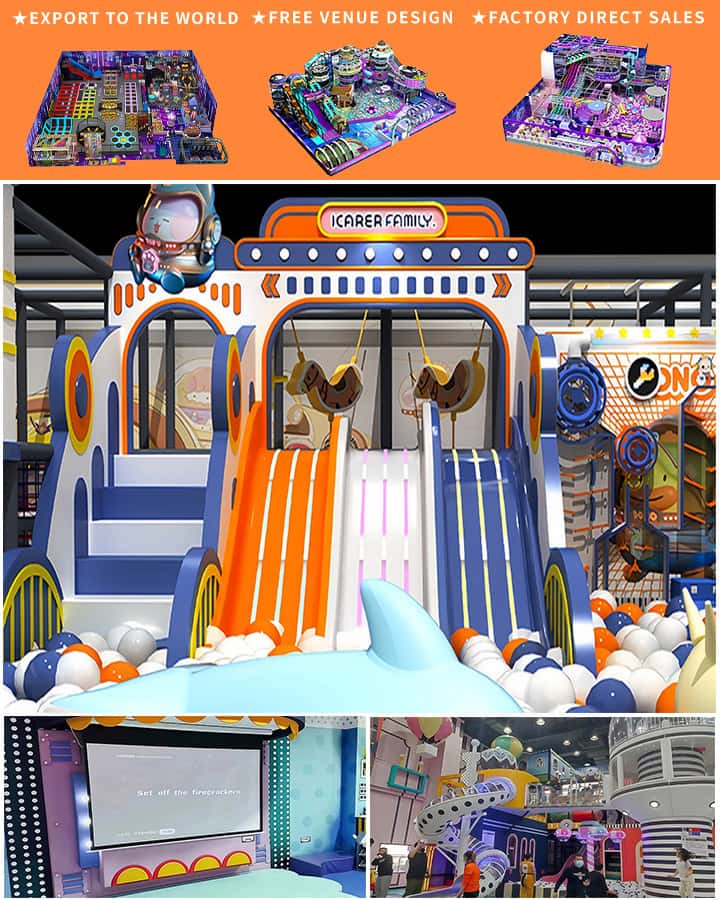Playground equipment plays a vital role in the physical, social, and emotional development of children. In a state as expansive and diverse as Texas, ensuring that playgrounds are well-equipped is crucial for fostering safe and enriching play environments for the young ones. This article explores the significance of playground equipment in Texas, shedding light on its benefits and offering practical advice for parents and community leaders.
The Role of Playground Equipment in Child Development
Playground equipment is more than just a source of entertainment; it is a critical component in the holistic growth of children. Here’s how:
Physical Development: Swings, slides, climbing frames, and seesaws help improve motor skills, hand-eye coordination, and overall physical fitness. These activities encourage children to be active, which is essential for combating childhood obesity and building strong bones.
Social Interaction: Playgrounds provide a natural setting for children to develop social skills. Through cooperative games and shared experiences, children learn essential social behaviors such as sharing, taking turns, and resolving conflicts peacefully.
Cognitive Growth: Playground equipment often stimulates creativity and problem-solving abilities. For instance, climbing structures require children to think about their movements, enhancing their spatial awareness and decision-making skills.

Emotional Well-being: Playtime on well-designed playground equipment can boost children’s self-esteem and confidence. The sense of achievement from mastering a piece of equipment or completing a challenging activity contributes positively to their emotional health.
Safety Considerations for Playground Equipment in Texas
Ensuring the safety of playground equipment is paramount. Texas communities must adhere to strict safety standards to prevent injuries:
Regular Maintenance: Playground equipment should undergo routine checks and maintenance. Loose bolts, broken parts, and worn-out surfaces need immediate attention to avoid accidents.
Appropriate Surfacing: The ground beneath playground equipment should be made of materials designed to cushion falls, such as rubber mats or wood chips. This reduces the risk of serious injury from high falls.
Age Appropriateness: Equipment should be suitable for different age groups. Mixing equipment for toddlers with that for older children can lead to accidents, as younger kids might not understand the risks associated with advanced structures.
Community Responsibility and Engagement
Community leaders play a pivotal role in maintaining and improving playground facilities. Here are some steps they can take:
Advocacy for Funding: Securing adequate funding for playground projects requires advocacy at local, state, and sometimes federal levels. Community leaders can lobby for grants and donations to enhance or build new play areas.
Volunteer Initiatives: Organizing community clean-up days and maintenance drives can foster a sense of ownership among residents. Engaging volunteers not only maintains the playground but also strengthens community bonds.
Public Awareness Campaigns: Educating parents and caregivers on the importance of playground safety and the benefits of various types of play equipment can encourage more responsible usage and support for local playground initiatives.
Conclusion
Playground equipment in Texas is an indispensable resource for nurturing healthy, happy, and well-adjusted children. By understanding its importance and committing to regular maintenance and community involvement, Texas can ensure that its playgrounds remain safe, inclusive, and beneficial spaces for all children to enjoy and grow. Whether you are a parent, a community leader, or an advocate for child welfare, your role in supporting playground equipment is crucial for the next generation’s well-being.




